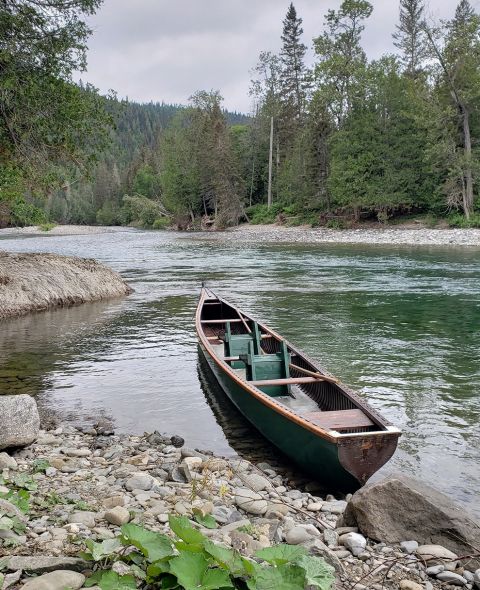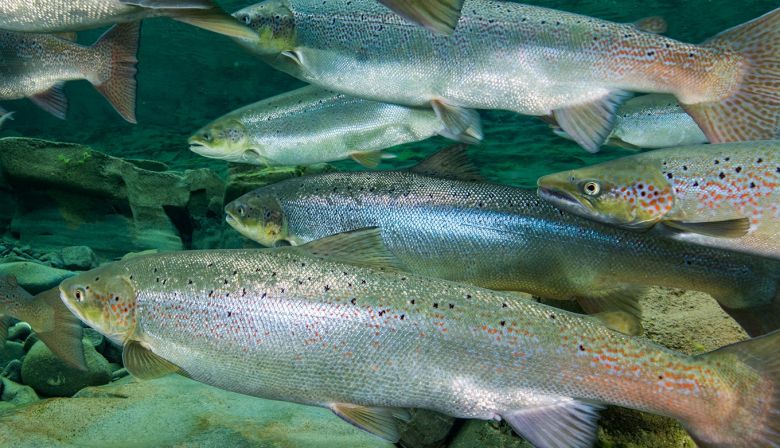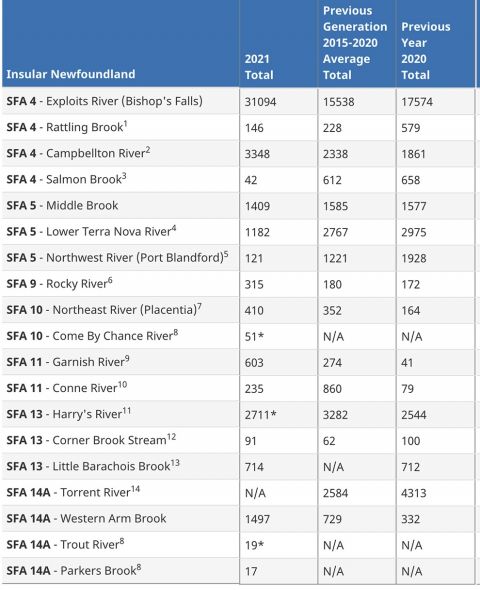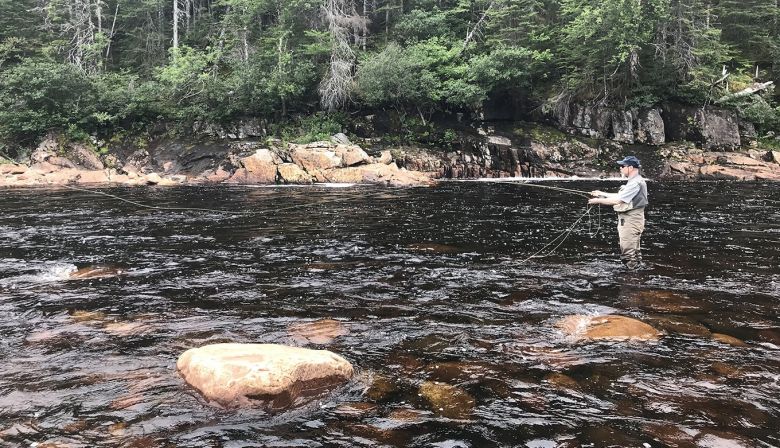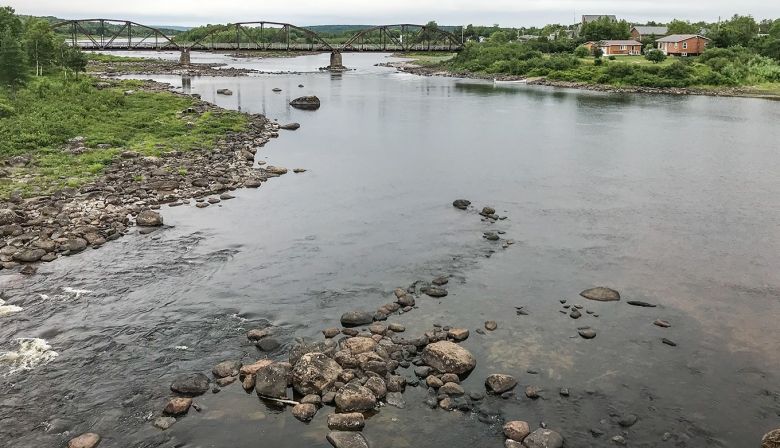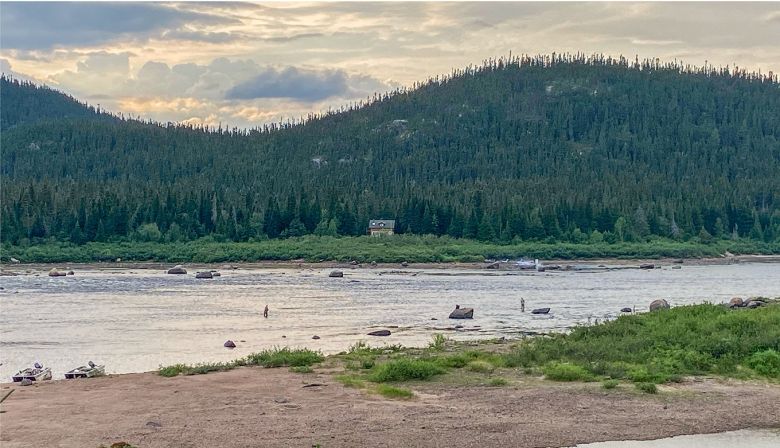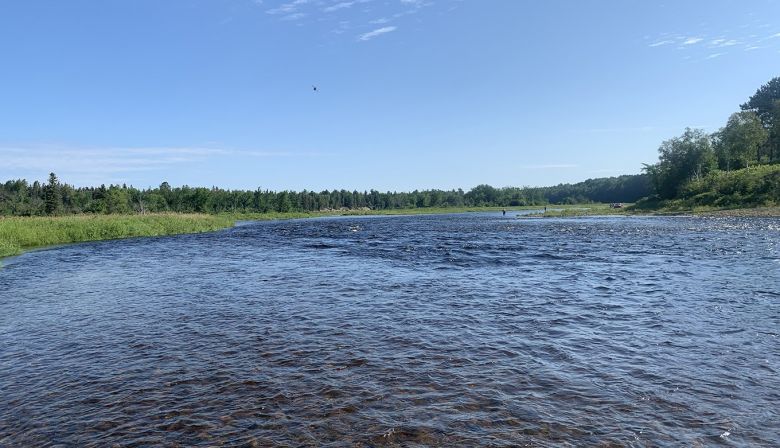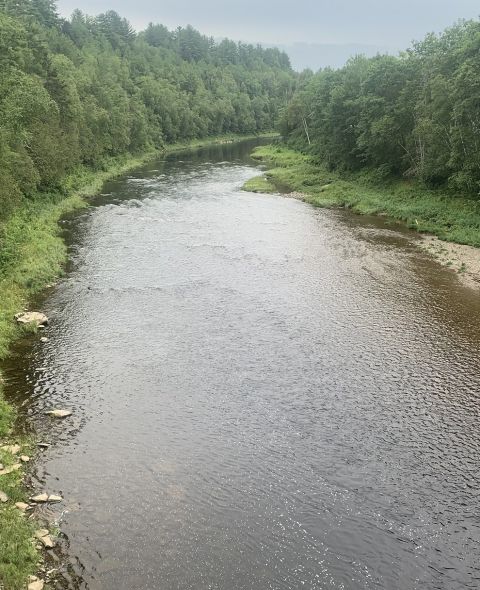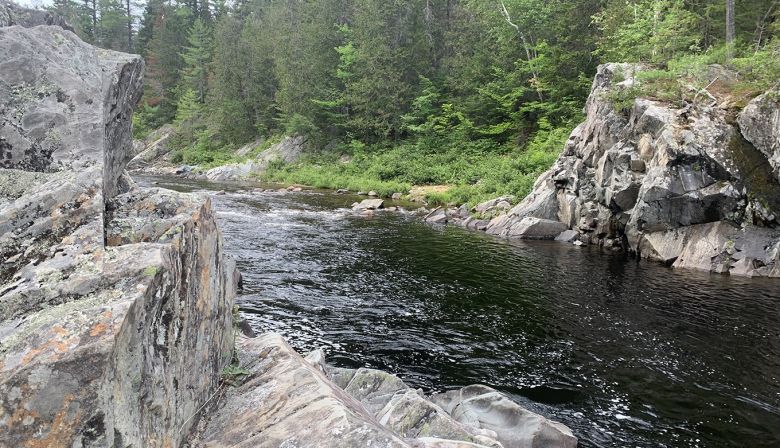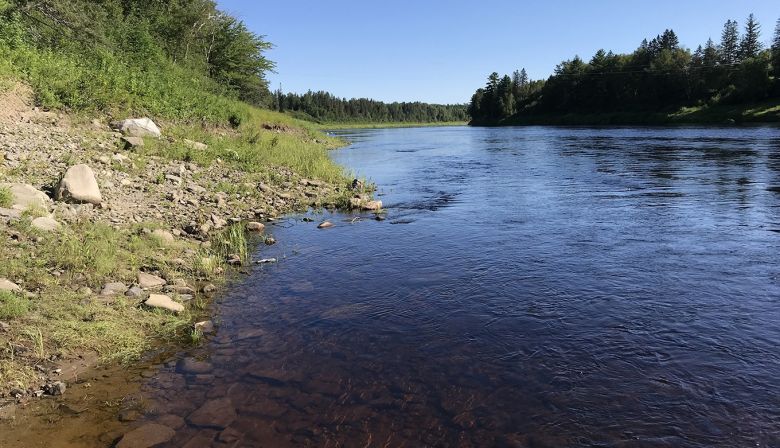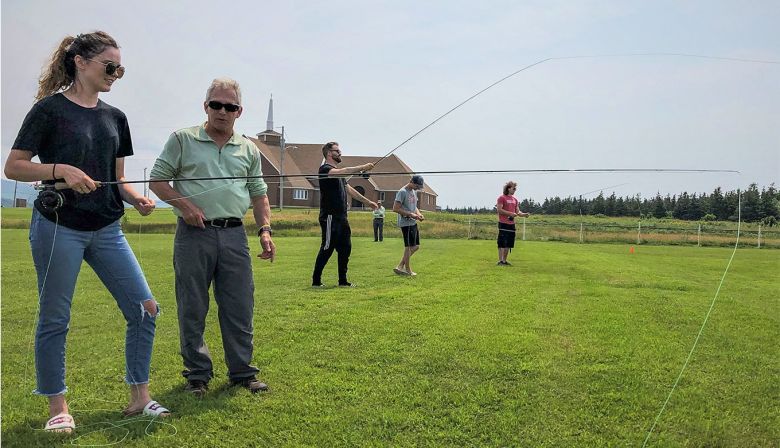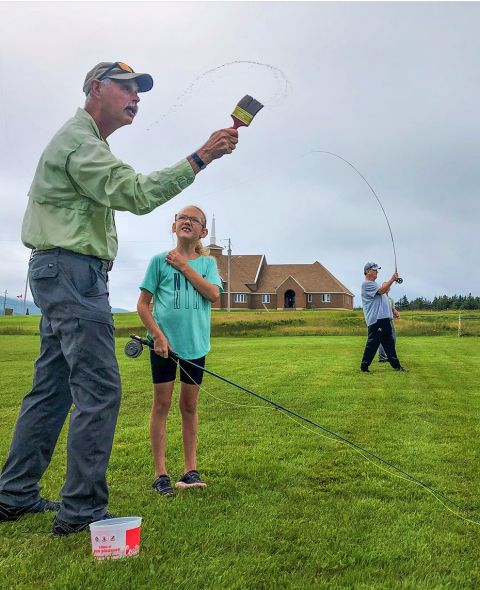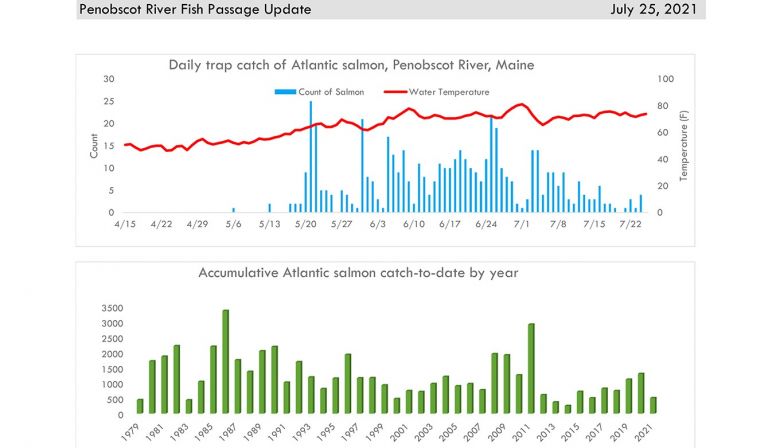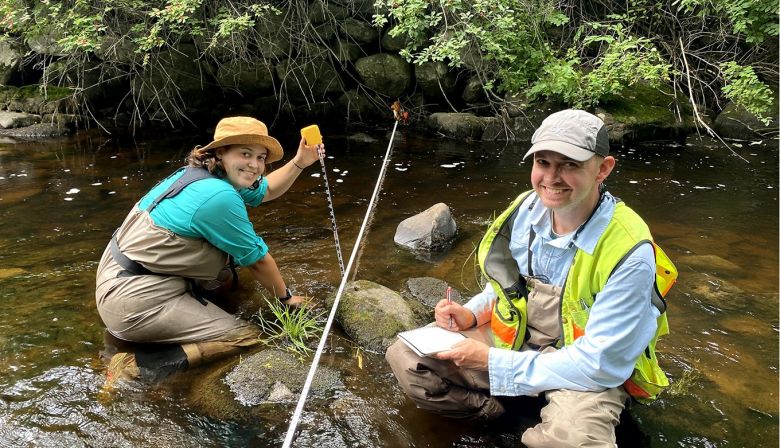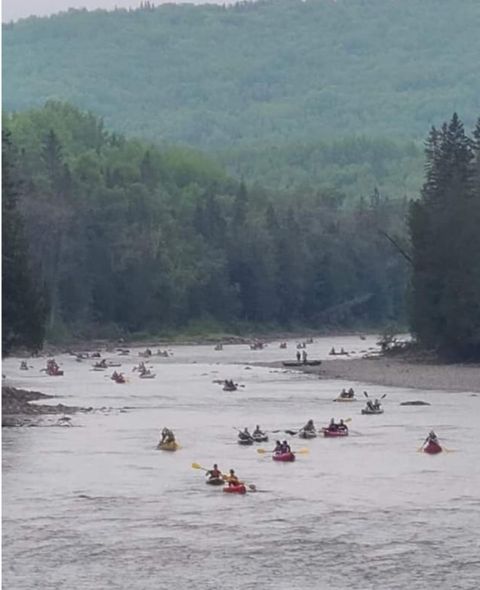Since June 15, to July 27th, 751 salmon and 1 021 grilse have been counted for a total of 1,772.
To July 20, 2020, 1 515 fish (1 057 salmon and 458 grilse and to July 28th, 2019, 848 salmon and 402 grilse had been counted for a total of 1,250.
The SOGERM is reporting 404 captures (121 salmon and 283 grilse) have been reported to July 27th comprised of 121 salmon and 86 grilse released as well as 197 grilse harvested.
In 2020, as of July 27th, a total of 278 fish were reported landed (159 salmon et 25 grilse released, 94 grilse harvested).
To July 28, 2019, 296 fish had been reported landed including (165 salmon and 15 grilse released as well as 74 grilse harvested).
Matapedia River
Results of the in-river assessment are not available currently.
To July 27, for the season, 415 fish (262 salmon released and 153 grilse harvested) were reported by sport anglers.
Cumulatively to July 26, 2020, 632 fish had been reported landed made up of 468 salmon released and 164 grilse harvested.
In 2019 to July 29, 715 fish were landed made up of 477 salmon released and the harvest of 244 grilse.
To July 29, 2018, 677 landings were reported (408 salmon released and 269 grilse harvested).
Mitis River
The very good migration continues for the Mitis this season, to July 28, 1,682 fish have entered the fish trap including 730 salmon and 952 grilse.
To July 28, 2020, 1,228 fish had been transported to continue their migration (643 salmon and 585 grilse). At the same date in 2019, 701 fish (357 salmon and 344 grilse) had been counted.
To July 26, 515 fish have entered the trap made up of 220 salmon and 295 grilse which is a good result when compared to the 2020 results for the entire season when 361 fish had been counted (212 salmon and 149 grilse).
Anglers have reported landing 173 fish to same date made up of 97 salmon and 32 grilse released as well as 54 grilse harvested. 113 fish were landed during the entire 2020 season which include 97 releases.
Rimouski River
Since the start of the angling season to July 27, 231 salmon and 343 grilse have been counted for a total of 575.
Records to July 27, 2020, indicate 325 fish (183 salmon and 142 grilse) have been counted and transported above.
In 2019, the cumulative count on July 27 indicated 463 fish (243 salmon and 220 grilse).
On the angling side, anglers have reported landing 135 fish which includes 58 salmon released and 77 grilse.
At the same date in 2020, a total of 43 fish have been landed including 24 salmon released and 21 grilse harvested compared to a total of 96 fish landed (55 salmon released and 41 grilse harvested) in 2019.
THE BORDER OPENING – A SOAP OPERA IN MANY PARTS
Prime Minister Justin Trudeau has said the border is open to vaccinated U.S. travellers as of Aug. 9. But the latest act in our soap opera is that the two unions that represent Canada Border Services Agency officers has been given a strike mandate by its members to go out as soon as Aug. 6. Nice timing.
In reality, the border will still be open, and many officers will be designated as essential workers. But if there is a strike in our future, it will affect the length of time a border crossing will take, at least coming into Canada.
For Canadians, there is the question of why the U.S. Government is resisting the opening of the border to Canadians. Now that this has sunk in, there are stories dwelling on the U.S. reasoning for this decision. So, stay tuned for that upcoming act in the border soap opera.
Certainly vaccinated Americans are welcome in all the places where there are Atlantic salmon rivers in Canada. In New Brunswick, as of tonight at midnight, most Covid-19 rules are being lifted, although some businesses, plus all hospitals, etc. will continue to require use of masks. Hopefully there will be no resurgence due to the Delta Variant.
If there is anything to be learned about pandemics, it is that the unexpected is to be expected.
